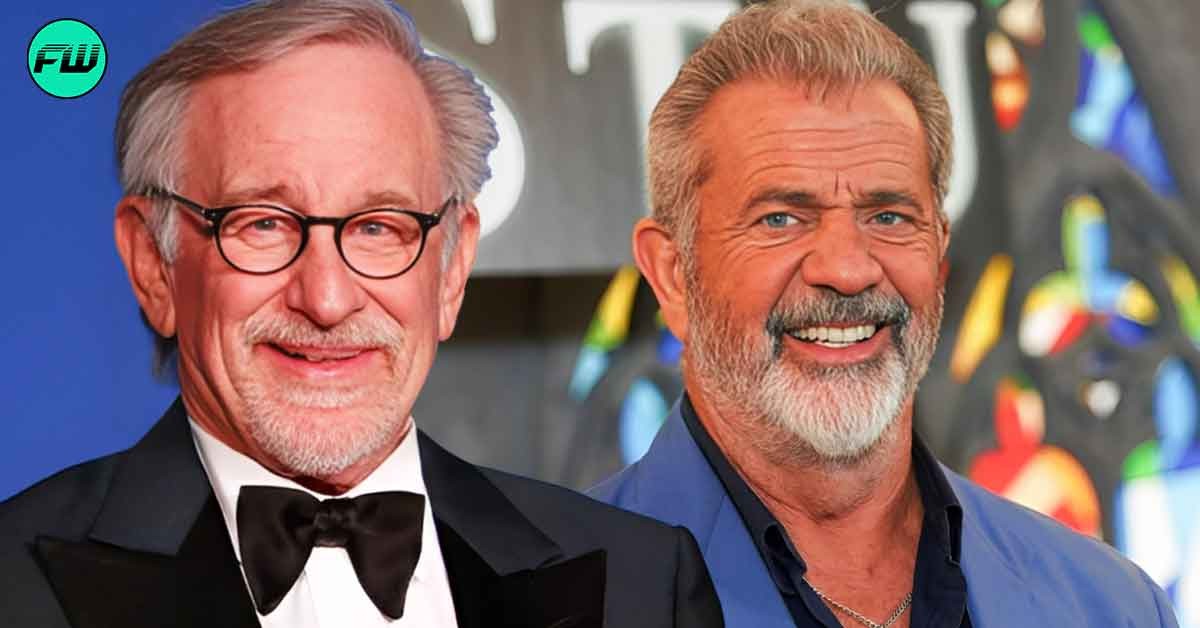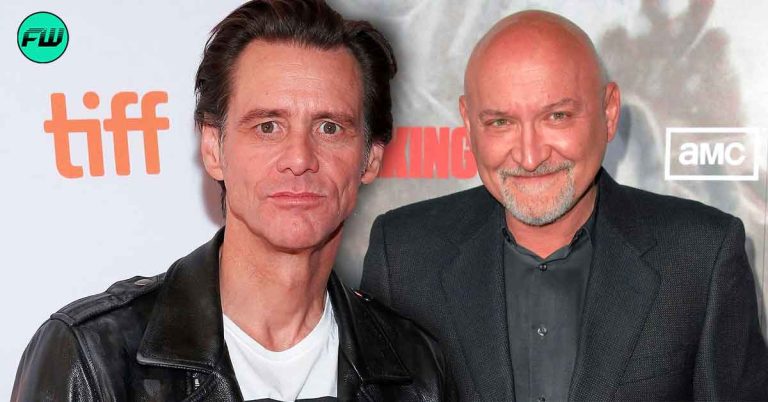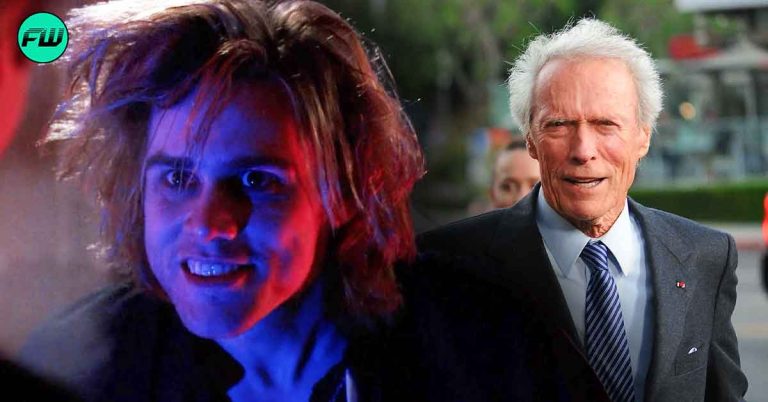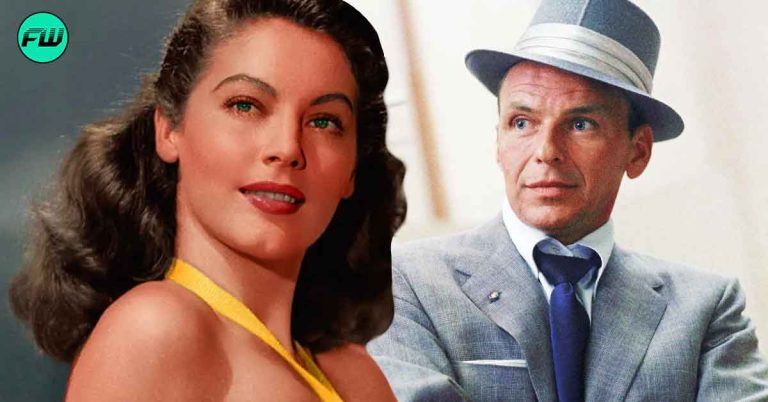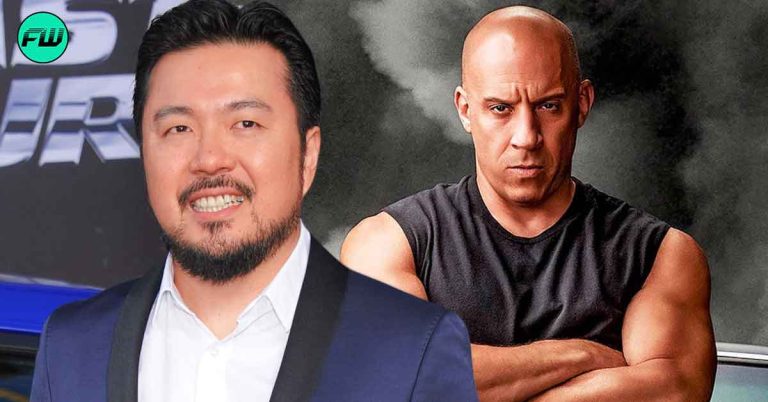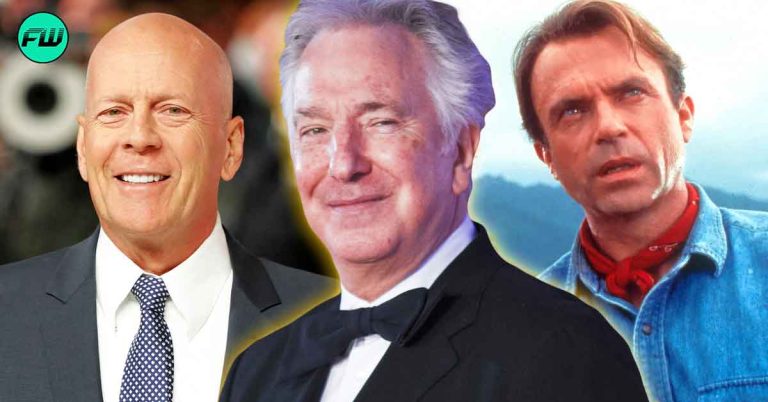Whatever talent established Steven Spielberg as one of the great contractors of Hollywood classics has always kept him company, from Amblin to The Fabelmans. And it is this talent that has helped him see through the falsities that make up the industry and its artists, take the diamond out of the ruff, and make the best original creation possible from the ingredients given. And one of those ingredients happened to be Liam Neeson and the creation became the 1993 Oscar-winning project, Schindler’s List.

Steven Spielberg Almost Ruined Legacy of Schindler’s List
It isn’t an easy decision to take up the subject of the Holocaust and spin a highly dramatized and partially fictionalized tale on Oskar Schindler and all his efforts to save the lives of 1,098 Jews from Nazi Germany and occupied Poland. Despite most of the efforts that have been accredited to Schindler in the film, Schindler’s List was in truth the efforts of a Jewish camp orderly, Marcel Goldberg, and a Jewish Polish former factory co-owner named Abraham Bankier, it was the German businessman’s factories and establishments that employed the then-prisoners, thus effectively saving them from the assured horrors of the concentration camps.
However, much before bastardizing the tale of the list, Steven Spielberg had almost ruined the classic by going with a completely different choice of a leading man before settling on Liam Neeson. In the early 90s, Mel Gibson dominated the box office industry. His roles in the Mad Max films followed by a string of blockbusters and the 1990 Braveheart made him the golden ticket for any producer, studio, or director of the era. But Spielberg was convinced that his star power would distract from the gravity and magnitude of the story he wanted to tell – which was about the Jews, the Holocaust, and not about Gibson being another cinematic hero.
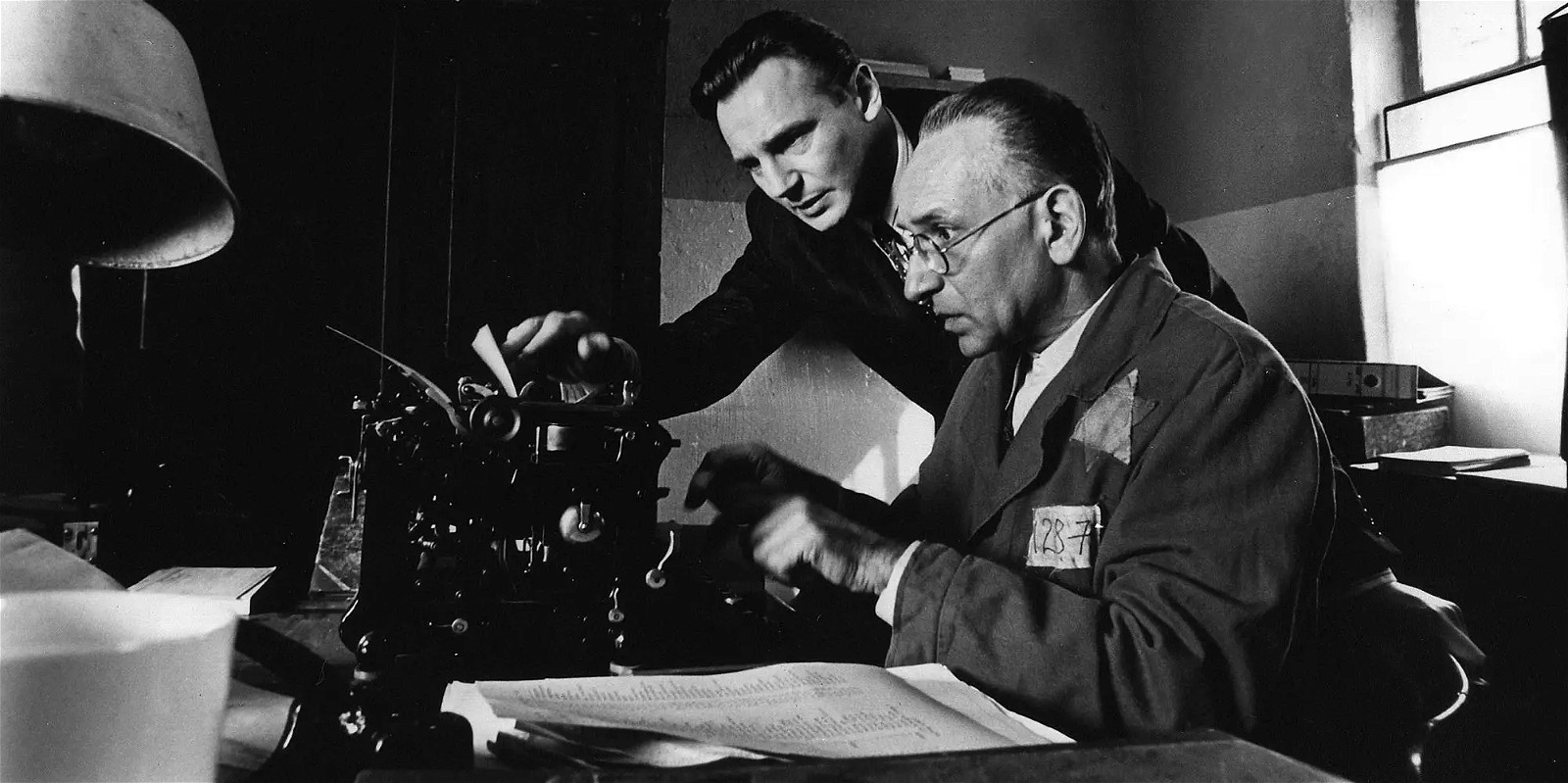
By the late 90s, Mel Gibson was already marring every legacy he had helped create. In 2006, the actor, who was arrested by an LA police officer on suspicion of driving under the influence, delivered a full-blown-out anti-Semitic rant (claiming among other things that “the Jews are responsible for all the wars in the world”). In the aftermath of his release, Gibson claimed, “I acted like a person completely out of control when I was arrested, and said things that I do not believe to be true and which are despicable. I am deeply ashamed of everything I said… I have battled with the disease of alcoholism for all of my adult life and profoundly regret my horrific relapse.”
After a decade of being shunned and exiled by Hollywood, the actor made a strong comeback with his directorial venture, Hacksaw Ridge starring Andrew Garfield, in 2016. The film went on to be nominated for 6 Academy Awards, including Best Picture, Best Director, and Best Actor, and won 2 for Best Film Editing and Best Sound Mixing.
Steven Spielberg Misrepresents the Details of Schindler’s List
Schindler’s List wasn’t the work of Oskar Schindler – he was in prison at the time on allegations of bribing an officer. The list containing 1000 people was put together by Marcel Goldberg, a Jewish prisoner being forced to work as a camp orderly, who was then transferred to one of Schindler’s factories. Goldberg compiled 2 lists comprised of 300 women and 700 men when news reached Germany about the Soviet Red Army marching toward occupied Poland. The laborers on these lists were documented before being transferred from Krakow to Brünnlitz where Schindler would resume his business.
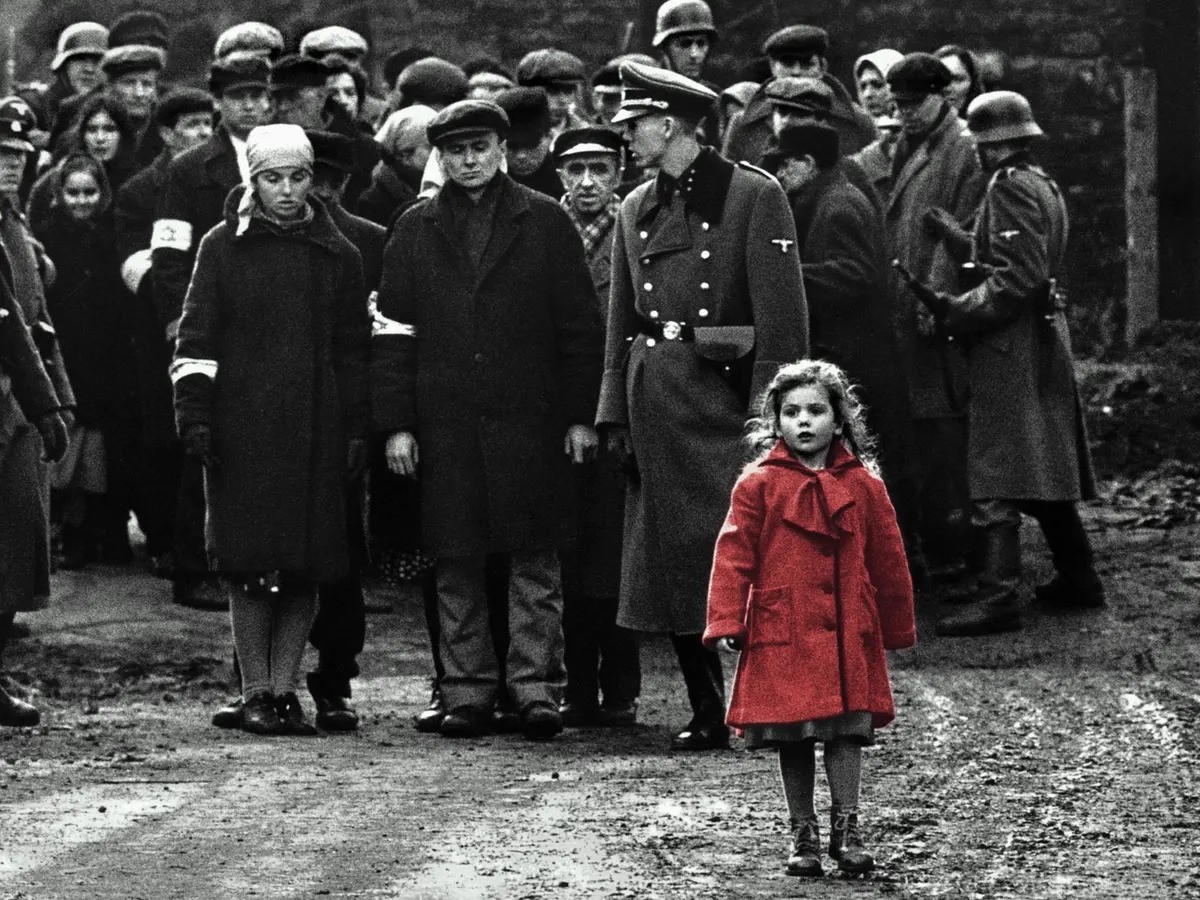
Also read: $1.96B Franchise Forced Harrison Ford to Refuse Oscar-Winning Steven Spielberg Movie
Steven Spielberg completely overlooked the greatest plot point where the original idea about Oskar Schindler employing Jewish prisoners as slave laborers in his factories came from a Jewish Polish factory owner. The “laborers”, who were either being sent directly to work in the factories from the concentration camps or after being taken prisoners from their homes, would, in fact, cost him next to nothing rather than employing Polish workers. And the factories in which the Jewish prisoners worked under Schindler were in fact manufacturers of arms and ammunition for the German military.
Steven Spielberg’s film, additionally, dramatized the event where the women, during transportation from Krakow to Brünnlitz, went missing, and Schindler marched in to rescue them. He had sent a secretary to carry out the legalities of having his laborers returned to his factories.
Schindler’s List is available for renting/buying on Amazon Instant Video, Apple TV, and Vudu.
Source: Movie Web

